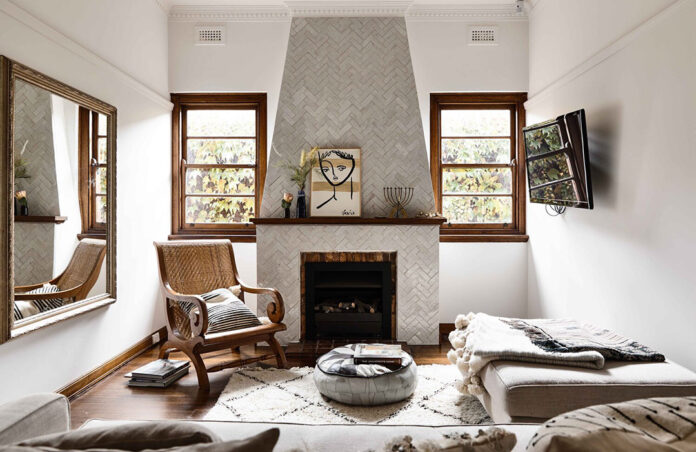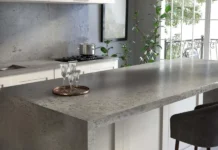In interior design, the blending of old and new elements, specifically the incorporation of antique pieces into contemporary spaces, has become increasingly popular. This beautiful merger of past and contemporary, often referred to as ‘The New Vintage,’ has carved out a unique niche for itself.
Aesthetically, this design style brings together the diverse lines and textures of antiques with the clean, streamlined look of modern decor creating spaces that are rich with history, yet fit perfectly into the 21st century.
The integration of antiques in contemporary interior design is more than just a trend, it’s a design philosophy that’s gaining momentum for several compelling reasons.
In addition to endowing spaces with a unique aesthetic charm, the inclusion of antiques also encourages sustainability by reusing objects rather than contributing to increasing consumption rates.
Vintage pieces often bring a high level of craftsmanship and quality that stand the test of time, contributing greatly to the sense of authenticity and value in a space. It’s a dynamic way of celebrating the beauty of timelessness, while still staying rooted in the present.
Vintage, Antique, and Contemporary Concepts
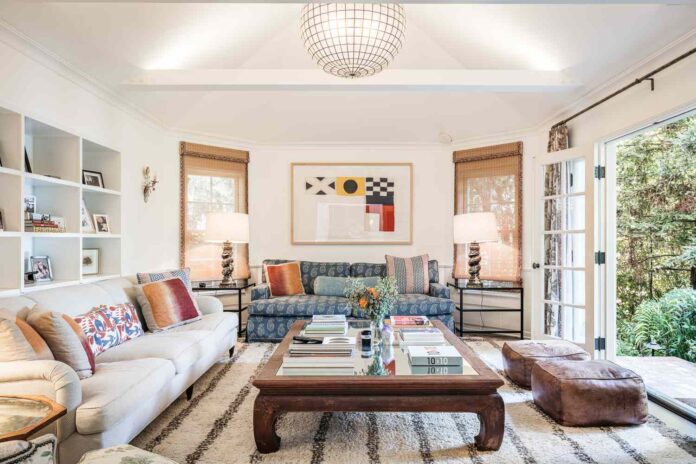
In interior design, the terms ‘vintage’ and ‘antique’ are often used interchangeably but they do carry different definitions. The term ‘vintage’ typically refers to pieces that are at least 20 to 100 years old, but not older than that.
These items reflect the style and trends of their respective era and are valued for their nostalgic appeal.
On the other hand, ‘antique’ usually refers to items that are at least 100 years old – pieces that have withstood the test of time and carry historical or sentimental value.
As any distinguished interior design studio Los Angeles would attest, knowing the distinction between these two terms can aid enormously in selecting the right pieces for your space.
‘Contemporary interiors,’ however, is a broader and more fluid term. It describes spaces that are in line with the current design trends, blending functionality with aesthetically pleasing elements.
Unlike traditional designs, contemporary interior design is often characterized by its minimalist approach, showcasing simplicity and subtlety. It plays with natural light, uses neutral color palettes and embraces a clean, uncluttered look.
A defining feature of contemporary design is its flexibility to incorporate elements from other trends or eras, such as vintage or antique pieces, creating a balanced and unique look.
The Emerging Trend: Antiques in Contemporary Interiors
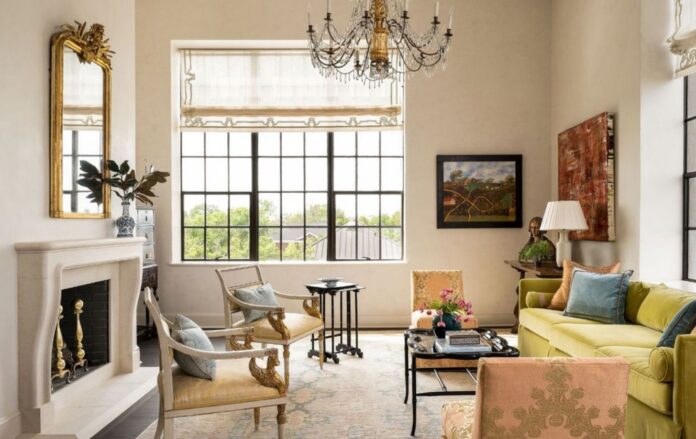
Over the past few years, there has been a significant shift in the interior design industry towards merging the old with the new. The trend of incorporating antiques into contemporary interiors is a testament to this shift.
This trend essentially involves using vintage pieces as a unique fixture in modern settings to offer a blend of nostalgia and style.
It might involve repurposing an antique table as a statement piece in a minimalist room or hanging a vintage mirror on an otherwise bare wall. The juxtaposition filters the charm of antiques through a contemporary lens, creating a compelling mix of old and new.
The popularity of this design trend lies rooted in several reasons. Firstly, antiques add a layer of depth to a space, enriching it with character and a backstory.
Secondly, with the growing emphasis on sustainability, repurposing antique furniture or decor is a great approach to reduce waste and minimize the need for newly manufactured pieces.
Lastly, in an era where mass-produced items are ubiquitous, antiques provide a refreshing uniqueness, with each piece being one-of-a-kind. This enigmatic combination of history, sustainability, and uniqueness is what’s catching the eye of both designers and homeowners alike.
The Upsides: Adding Antiques to Modern Spaces
There’s a special charm that antique pieces lend to a setting, unmatched by anything new. They invoke a sense of intrigue and fascination, becoming distinctive focal points in a room.
Each piece carries a unique history and a patina that tells a story, injecting a distinctive character into a contemporary space.
The integration of antiques presents an opportunity for homeowners and interior designers to showcase their creativity, making use of pieces that are distinctive, instead of opting for mass-produced items that can be found anywhere.
Beyond just the aesthetics, incorporating antiques into modern interiors is a step towards sustainability. It’s a meaningful way to recycle and repurpose, reducing the demand for the production of new items and contributing to the preservation of resources.
Additionally, antiques often boast a high level of craftsmanship and quality materials that contemporary pieces sometimes lack, thereby providing a value for money that surpasses most new furniture.
Further, the inclusion of antiques often stirs a connection to the past, lending a sense of nostalgia and grounding history in the present, which in itself can provide an emotional richness and comfort that’s unique to your space.
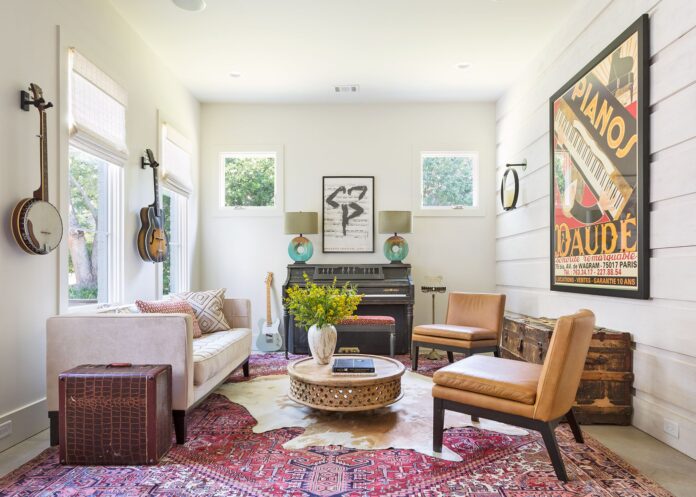
Mastering the Mix: How to Incorporate Antiques in Contemporary Interiors
One of the first steps in successfully incorporating antiques into a contemporary space is selecting the right items. Not all antiques will fit seamlessly – the key is to find pieces that contrast yet complement the modern aesthetic.
Aim for items that have a timeless appeal and bring both function and beauty to a room. If you’re shopping for antiques, consider the style and era that best fits your existing space, and look for pieces that show the markings or craftsmanship of that time.
Blending old with new is an art that relies heavily on the balance of color, texture, scale, and form. It is vital to maintain a harmonious color palette when integrating antiques into modern settings.
The use of a consistent color palette can help to seamlessly blend antiques with the room’s modern elements. Similarly, textures play a big role; weathered textures of antiques can create an enchanting interplay against sleek, contemporary finishes.
Finally, it is important to learn how to properly maintain your antique pieces. This may include regular dusting, avoiding direct sunlight and extreme temperatures, and occasional professional cleaning or restoration for more delicate pieces.
By caring for these items correctly, you can preserve their beauty and charm for generations to come.
Conclusion
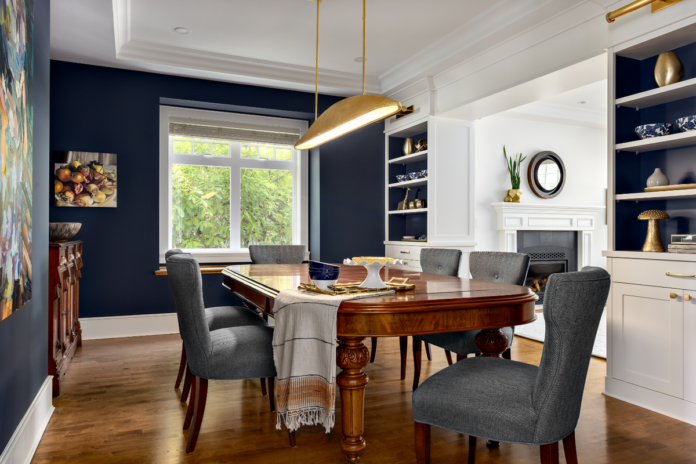
Incorporating antiques into contemporary interiors offers a unique opportunity to fuse the old and new, creating spaces that are brimming with character, history, and individuality.
It’s a design trend that not only elevates aesthetics, but also encourages sustainability and celebrates superior craftsmanship.
Undeniably, the magic of this ‘New Vintage’ concept lies in its power to transform ordinary spaces into extraordinary ones, revealing a story that is rich, personal and layered.

